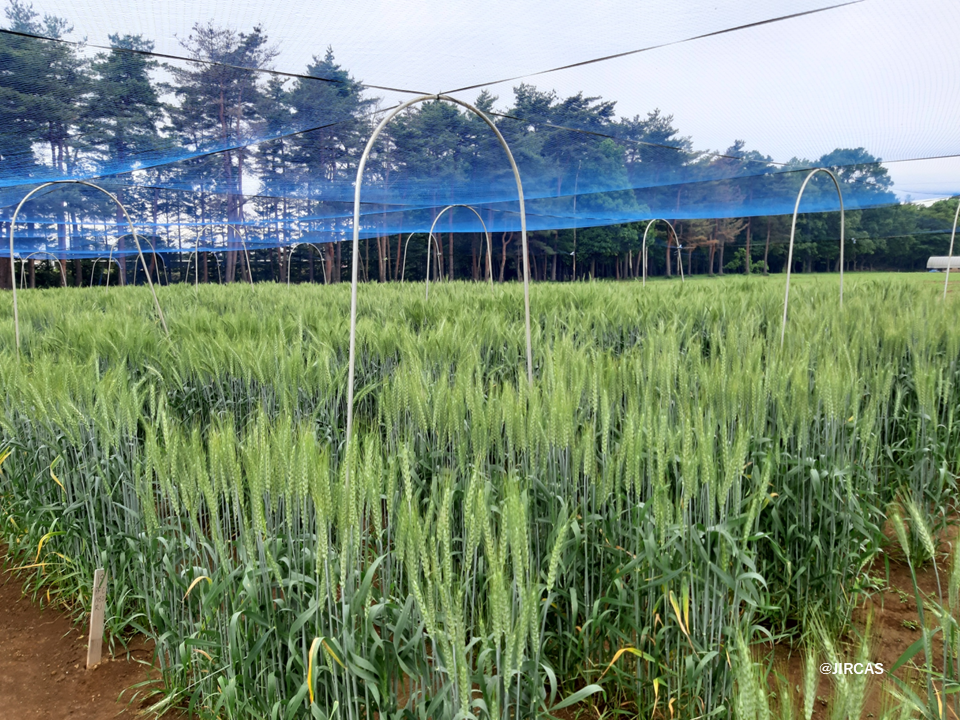Pick Up
1042. Global Nitrous Oxide Emissions Have Risen Significantly Over the Past 40 Years

1042. Global Nitrous Oxide Emissions Have Risen Significantly Over the Past 40 Years
On June 11, the Global Carbon Project released the "Global Nitrous Oxide (N2O) Budget 2024," a N2O balance detailing all N2O sources and sinks worldwide.
Over the past 40 years, from 1980 to 2020, global N2O emissions have risen significantly, with a 40% increase in anthropogenic emissions as the main cause of the increase. Emissions from agriculture were the largest source of emissions.
Of the 18 regions analyzed, reductions in N2O emissions were observed only in Europe, Russia, Australasia, Japan, and South Korea. Europe achieved particularly substantial reductions, much of which came from fossil fuels and industries, as well as from agriculture, but by the 2000s, the trend of direct agricultural emissions reductions had subsided.
China and South Asia experienced a significant increase in N2O between 1980 and 2020, while anthropogenic emissions increased by 82% in India and 92% in South Asia, with nitrogen fertilizer utilization and compost on farmland being the biggest contributors.
On the other hand, the paper also pointed out the uncertainty in the estimation methodology, noting that one of the factors is the uncertainty related to the estimation of N2O emissions from soils in tropical ecosystems such as the Amazon Basin, the Congo Basin, and Southeast Asia, as well as in regions such as China, North India, and the Corn Belt of the Americas, where fertilizer application and emissions are high.
In light of these uncertainties, the paper proposed the construction of a monitoring and analysis network for N2O flux (the amount generated from a unit area over a specific period of time) in land and ocean in order to understand the spatial and temporal distribution of N2O emissions and reduce uncertainty. This is expected to provide important information for policies to limit the impact of N2O emissions on climate change and to reduce N2O emissions.
The biological nitrification inhibition (BNI) technology developed by JIRCAS can improve crop productivity by using the crop’s capacity to suppress soil nitrification and improve the efficiency of nitrogen cycling in agriculture. Through the BNI International Consortium, JIRCAS is leading the world in BNI research, resulting in innovations to reduce N2O emissions from agriculture.
Reference
Hanqin Tian et al, Global nitrous oxide budget (1980–2020), Earth System Science Data (2024). DOI: 10.5194/essd-16-2543-2024, https://essd.copernicus.org/preprints/essd-2023-401/essd-2023-401.pdf
Contributor: IIYAMA Miyuki, Information Program
